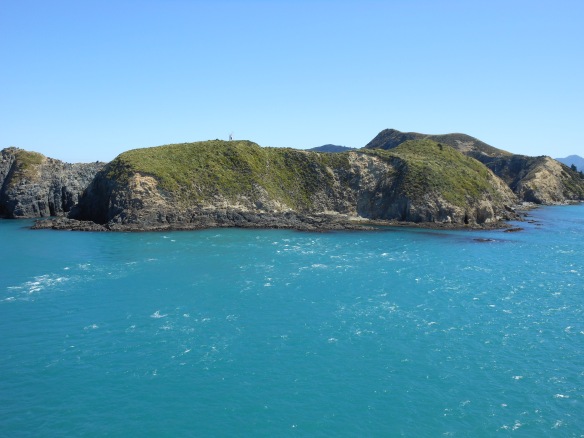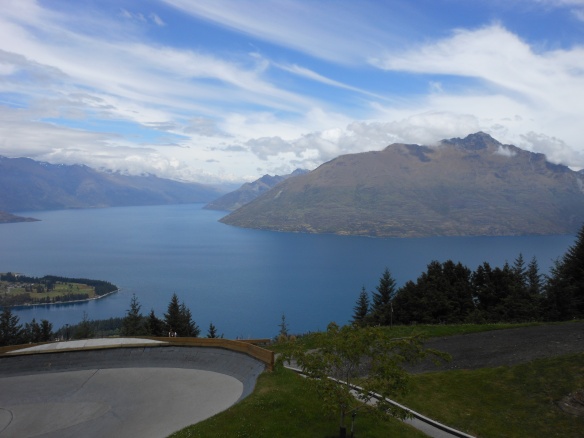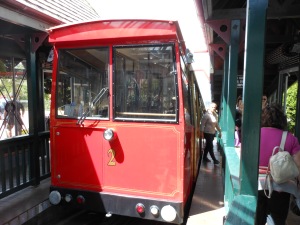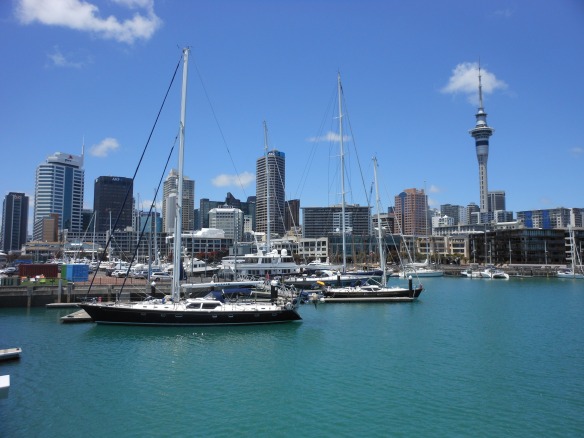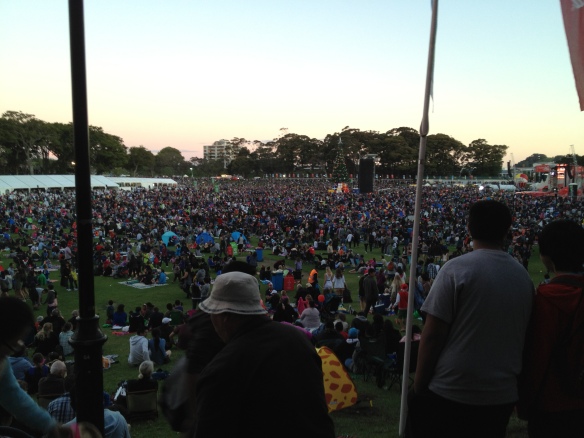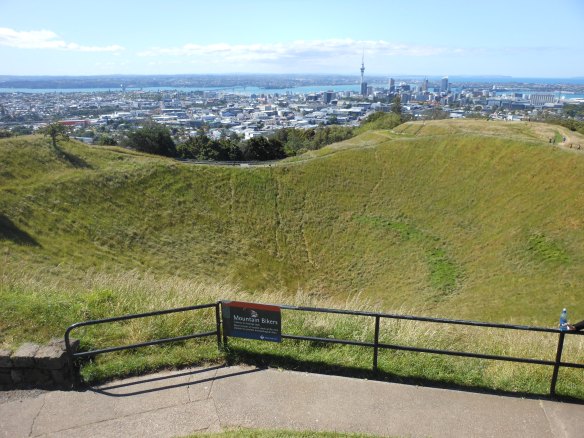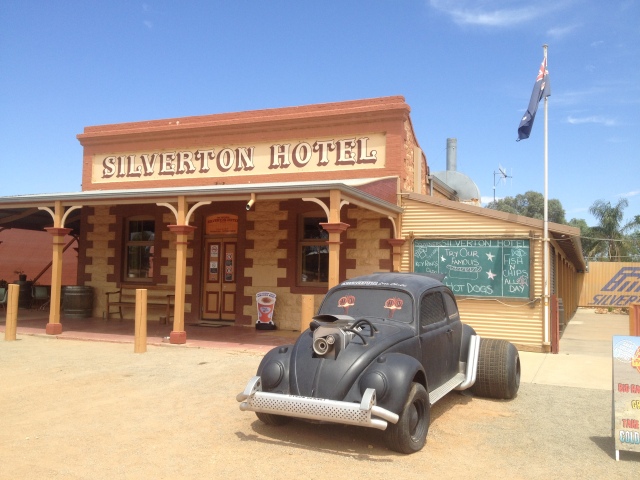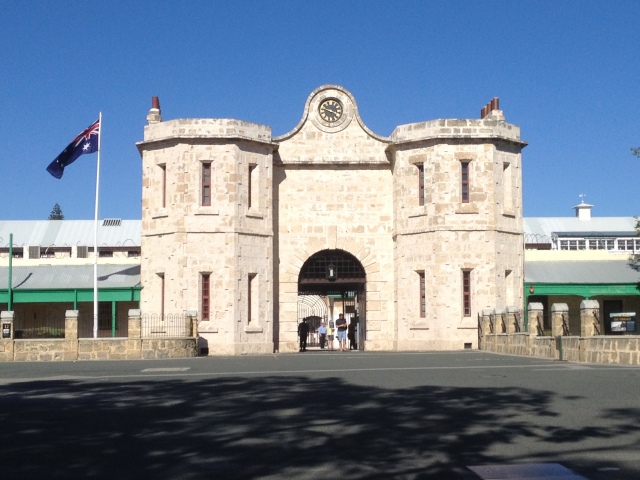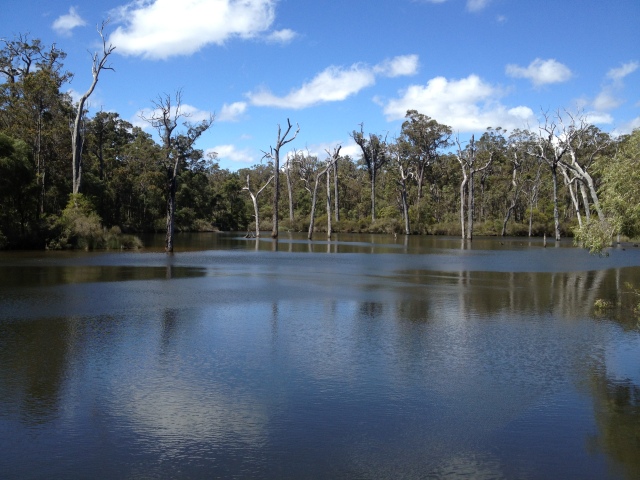My trip has reached its end :(. Last 24th December I returned to Madrid, just in time to spend Christmas with my family. Indeed, it looks like the Earth is actually spherical, coz you come back to the same point in the end :). This has been an awesome year for me, and I return with the impression of having enjoyed it to the fullest.
BIG THANK YOU, to all of you who’ve followed the blog or at least one post, written comments, sent messages, shared ideas, encouraged me to go on or anything else. I felt your company in the distance. Special thanks to all of the new friends I’ve made on the road this year from all over the world, you’ve made this a memorable year for me!! You can still contact me here.
FAQs:
– Was it worth it? Leaving my job in times of a crisis and a more or less comfortable life to go on the road? DEFINITELY!!! 🙂 I wouldn’t barter this experience for anything. Not for money, not for taking the best MBA in the world or for anything. Travel is the best university, what you learn and you experience travelling is priceless.
– What would you change? If I started over again, I would probably do everything differently. This doesn’t mean I regret what I did. Just that you learn to travel from experience. No matter how much advice you get, you need to make your own mistakes, learn from them and discover your own travel style.
– What next? After my trip, I moved to London and resumed a ‘serious working lifestyle’ (not easy to settle down after vagabonding). London is a great city and I have continued to meet people from all over the world without even moving from the city. However, once you get the travel bug, it is not easy to stop. I don’t know when or how but I’m pretty sure I’ll hit the road again sooner or later.
– What country did you like most? I hate this question. I believe that any country on Earth can be fascinating if you really want to discover it in depth. And the contrasts and variety of cultures in the world is what makes it interesting, ain’t it? Of course, what makes a trip memorable isn’t how great a spot looks on a postcard, but the people.
Since I know that my response will not necessarily convince all of you, I leave you with a ‘top ten’ of fancy places/experiences of this trip (randomly ordered):
- Diving or snorkelling in The Great Barrier Reef
- Amazing Islamic arquitechture of Bukhara and Samarkand
- Dancing Samba at the Carnival in Rio de Janeiro
- Gazing at the Amazon River from your hammock in an Amazon boat journey
- Getting open-mouthed in front of the Iguazu Falls
- Seeing the sun set over the moai at the remote Easter Island
- Getting up the ruins of the ancient Inca city of Machu Picchu
- Imbibe the Uyghur culture in the Markets of Kashgar
- Travel on the footsteps of Marco Polo through ancient Silk Road cities like Dunhuang
- Appreciate the majesty of the beautiful Taj Mahal
Naturally, the true highlights of any traveller are none of those, but rather experiences you couldn’t write about on a blog or share because you need to experience yourself. For instance, they might include: this day your got stranded and suddenly someone helped you out; the journey standing for hours in an Indian train where you met a group of students and spent the whole journey laughing; when you wander aimlessly and you happen to find the perfect empty spot and stay there for the rest of the day; this long convo about life and death with an international group in the garden of a hostel; the family that welcomed you in their home somewhere isolated; the new faces, new friends, new cultures, new religions, new food and so forth. All are things you need to experience.
I encourage all of you to travel. It isn’t something for the millionaires or the hippies. Each of us can do it at his/her own pace and style. The most difficult part is the first step, after that everything just gets sorted out. Fulfilling our dreams can be easier than we imagine.
“The World is a book, and those who do not travel read only one page” St Augustine
In this sense, travelling is not just being far from home. It is also an attitude. It is being curious, interested in the people you come across in the street, escape the monotony, open yourself to new experiences, keep learning. Thus, let’s travel. Today, here, now.
Again, big THANK YOU to all of you. I end with a photo gallery with random pictures of the trip:
- Huchuy Qosqo, Peru
- Machu Picchu, Peru
- The Great Barrier Reef, Australia
- Samarkand, Uzbekistan
- Easter Island
- Amazon Rainforest, Brazil
- Taj Mahal, India
- Milarepa Monastery, Xiahe, China
- Iguacu Falls, Brazil
- Uros Islands, Peru
- Amazon boat trip, Brazil
- Sydney, Australia
- Atacama desert, Chile
- Hong Kong
- Amazon boat trip, Brazil
- Carnival in Rio de Janeiro, Brazil
- Dunhuang, China
- Kashgar, China
- Kyrgyzstan
- Udaipur, India
- Kashgar, China
- London, England
- Rajasthan, India
- Golden Temple, Amritsar, India
- Bogota, Colombia
- Istambul, Turkey
- Bukhara, Uzbekistan
- Jiayuguan, China
- Jaipur, India
- Hezuo, China
- Zhangye, China
- Cappadocia, Turkey
- Amazon River, Brazil
- Xinjiang, China
- Iguazu Falls, Argentina
- Rio de Janeiro, Brazil
- Atacama, Chile
- Easter Island
- La Habana, Cuba
- Lake Titicaca, Peru
- Bye!!













































